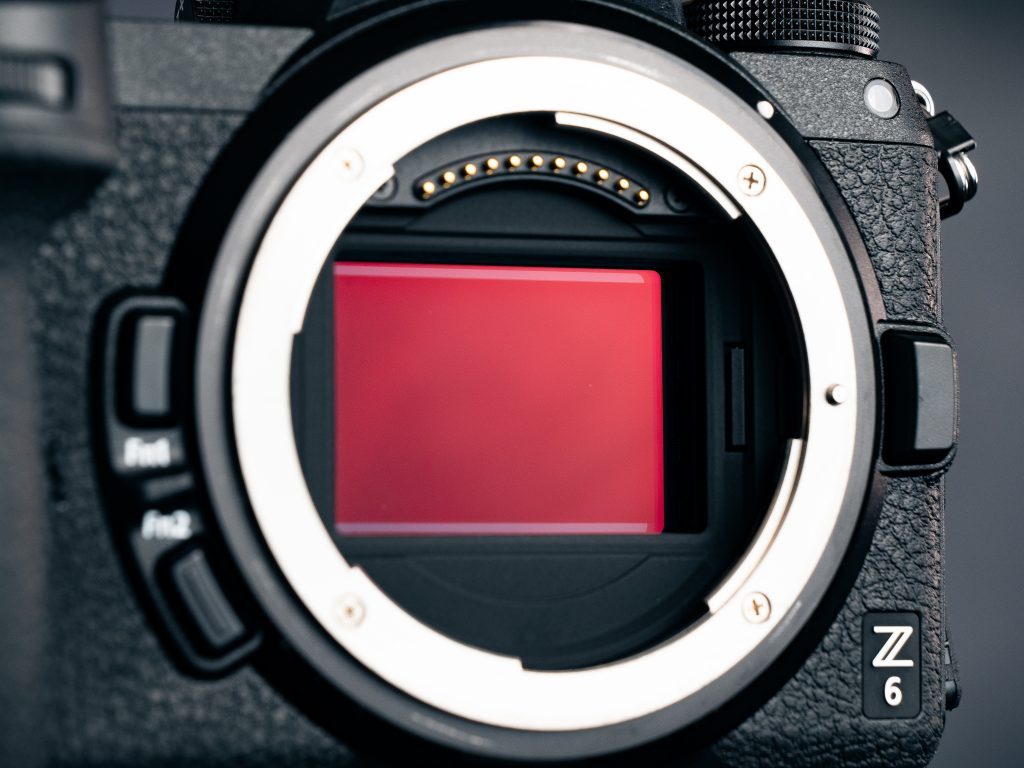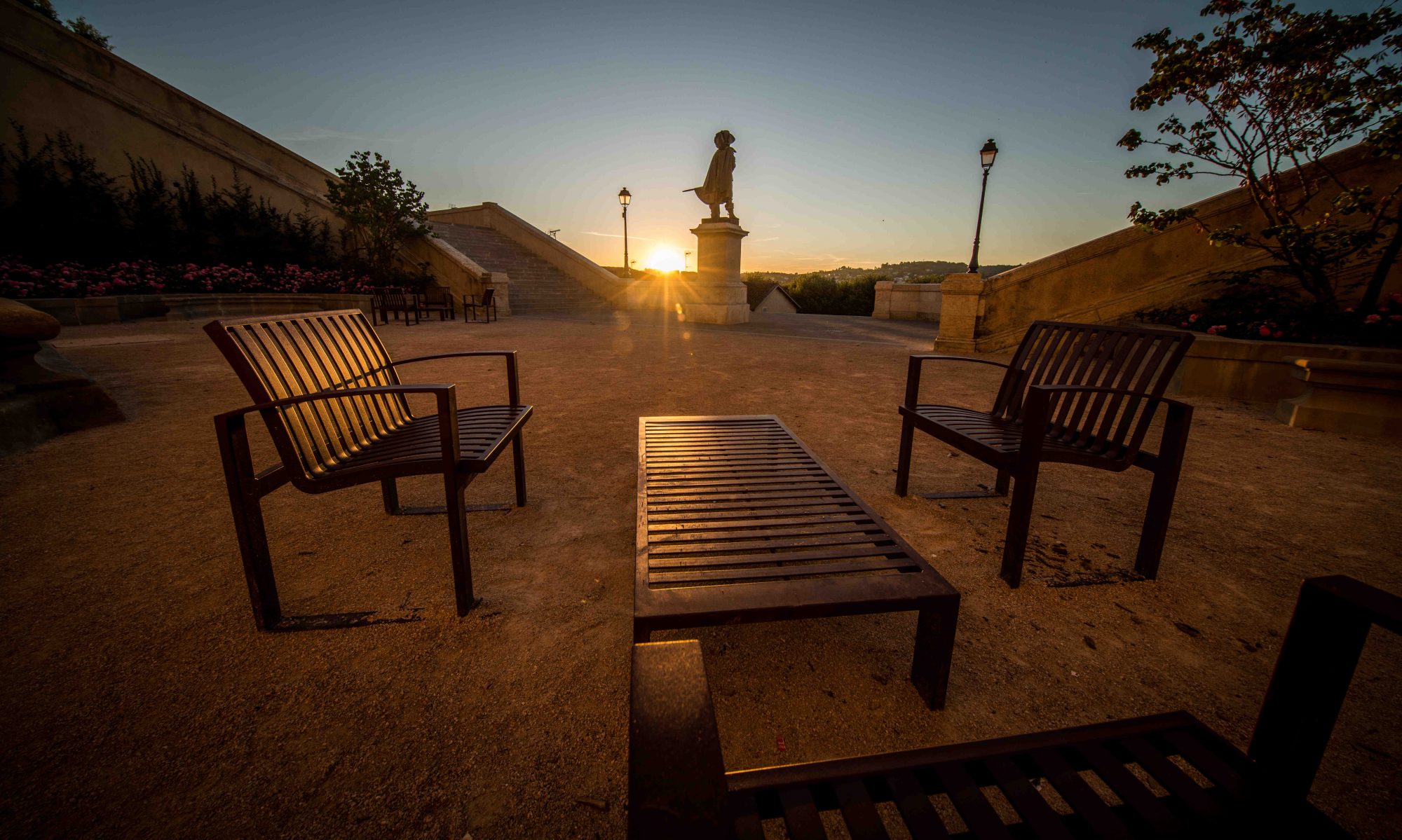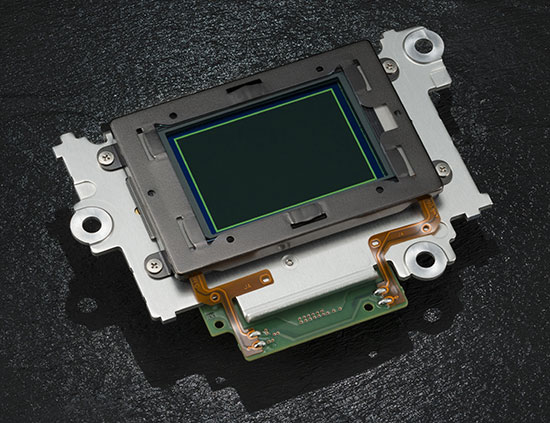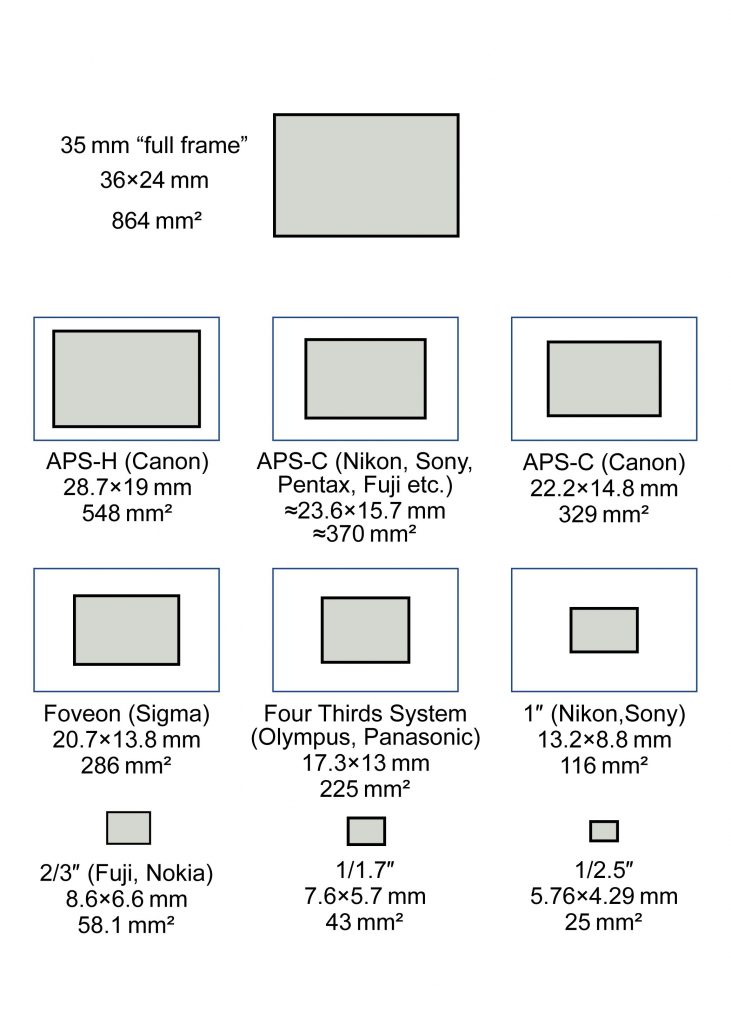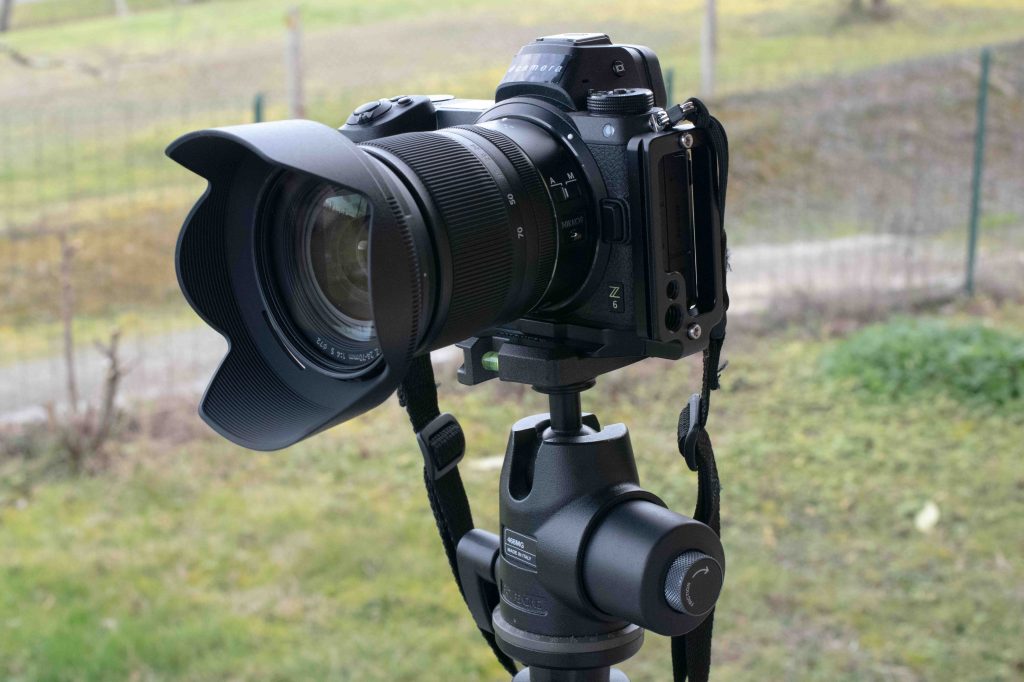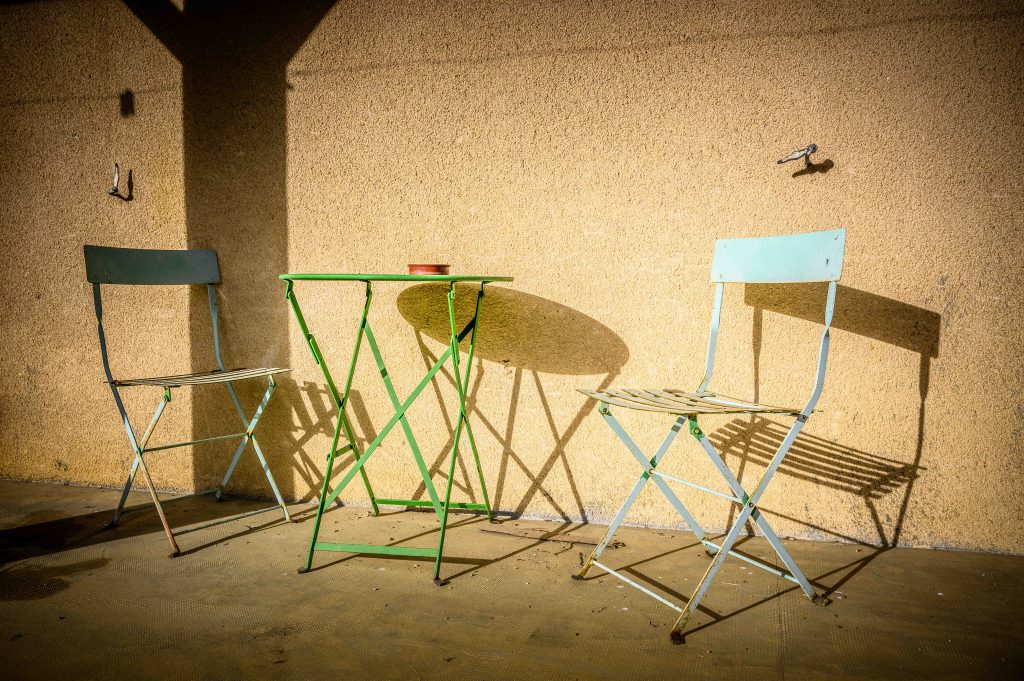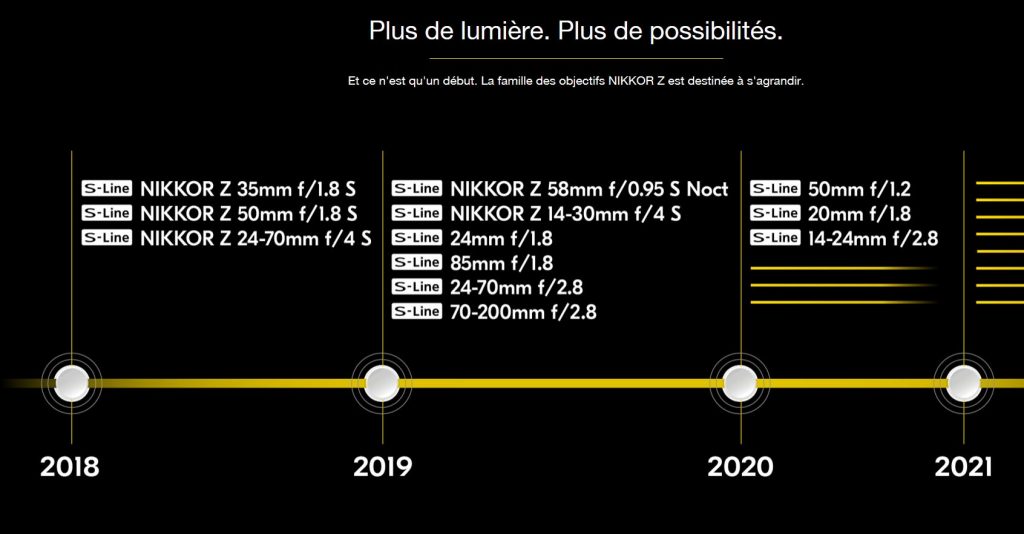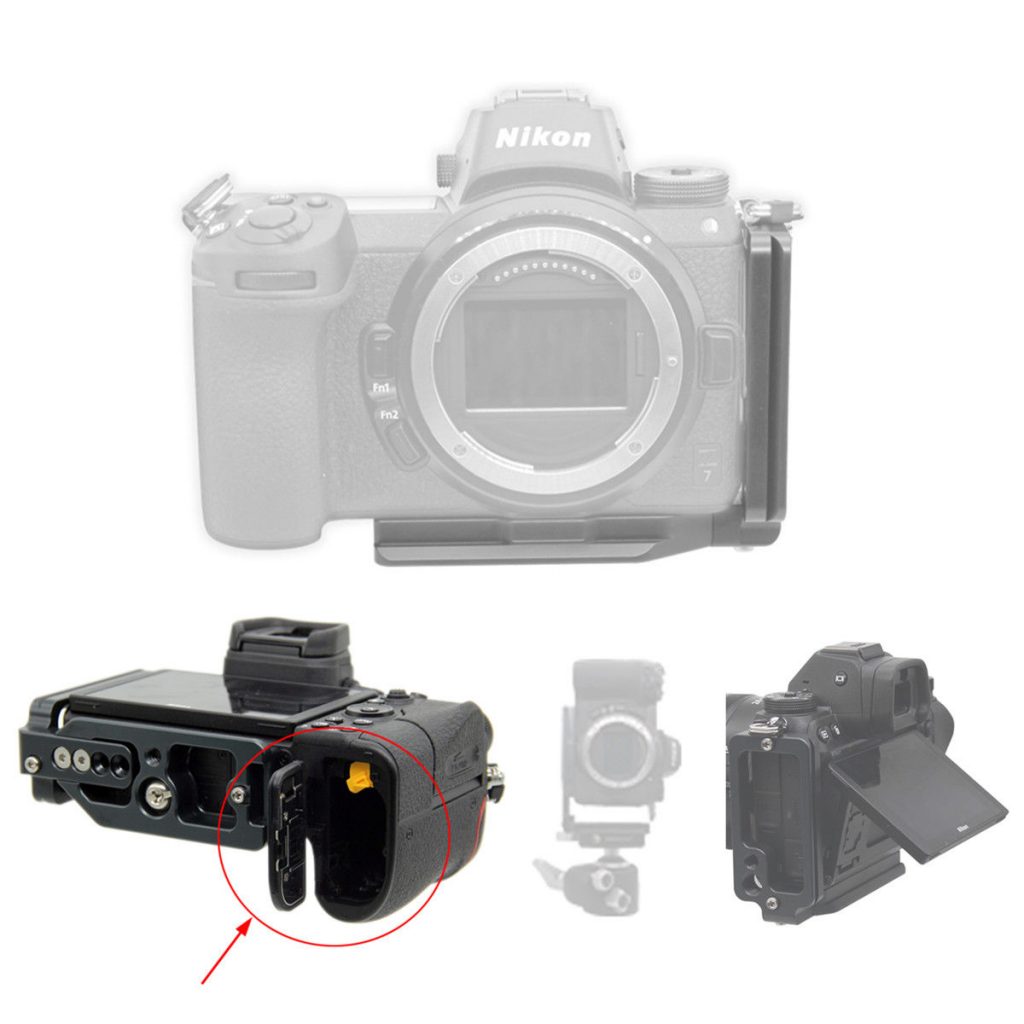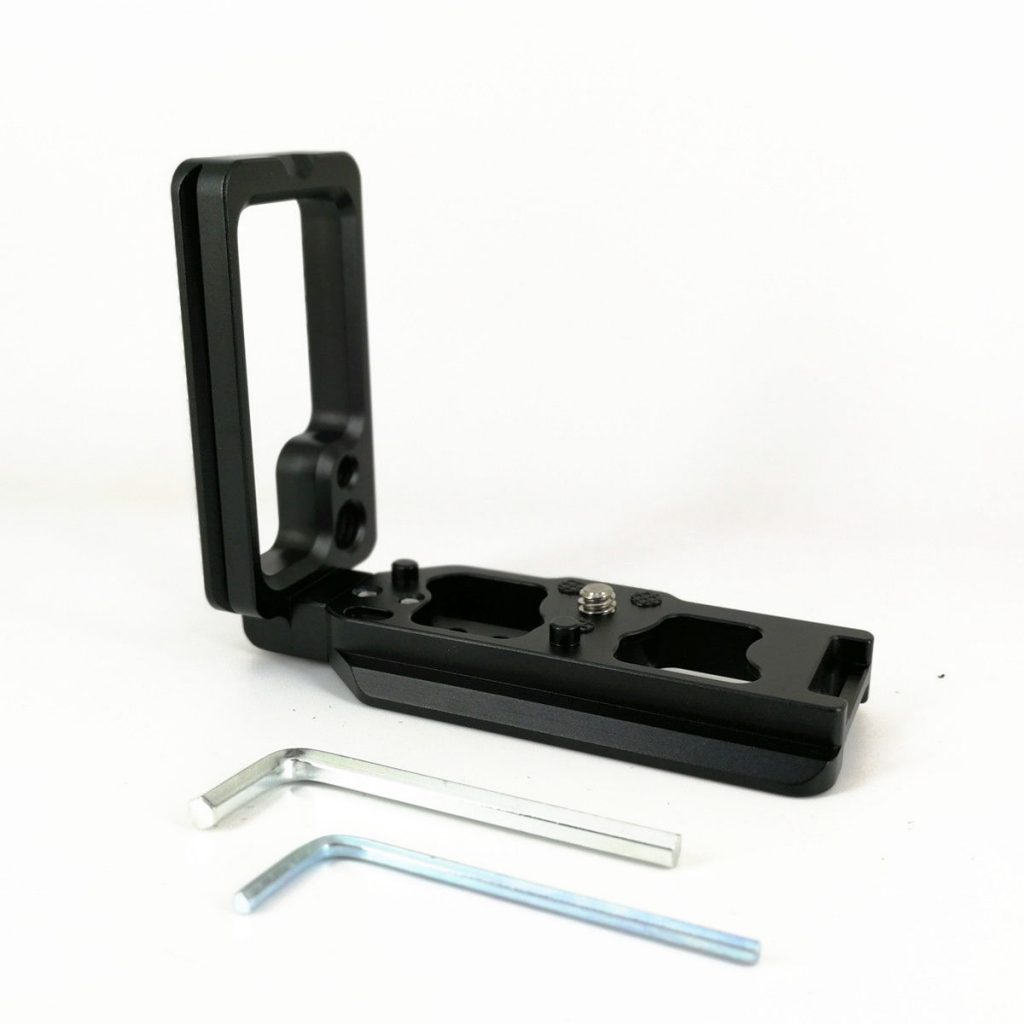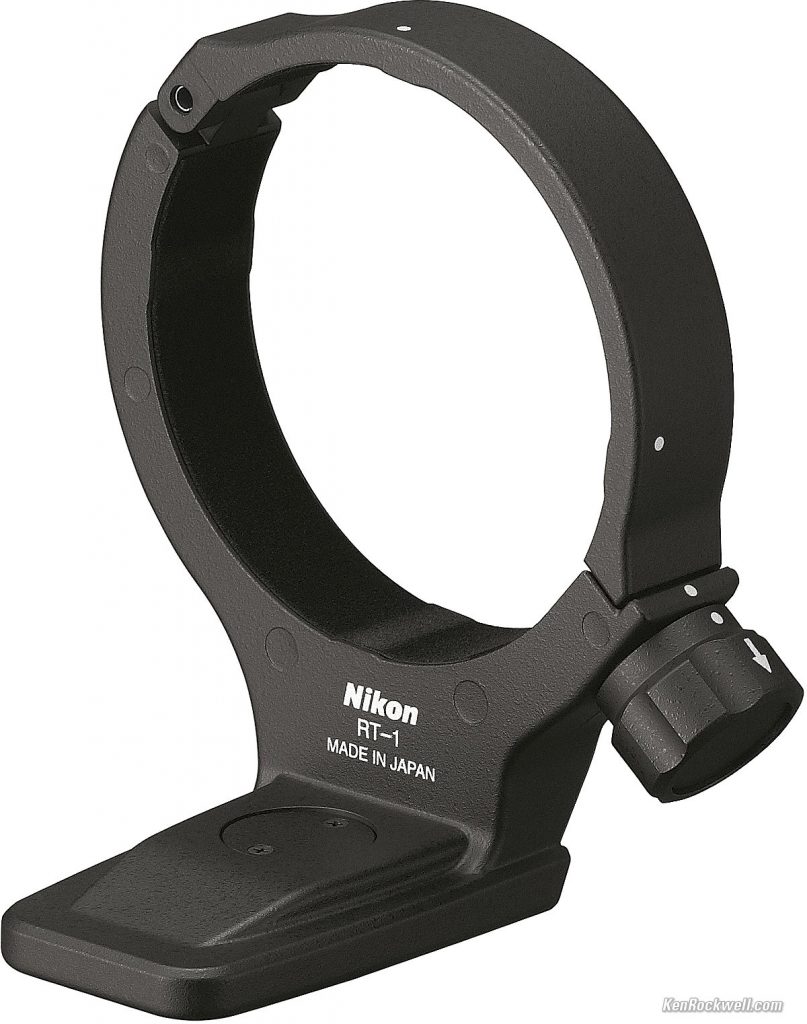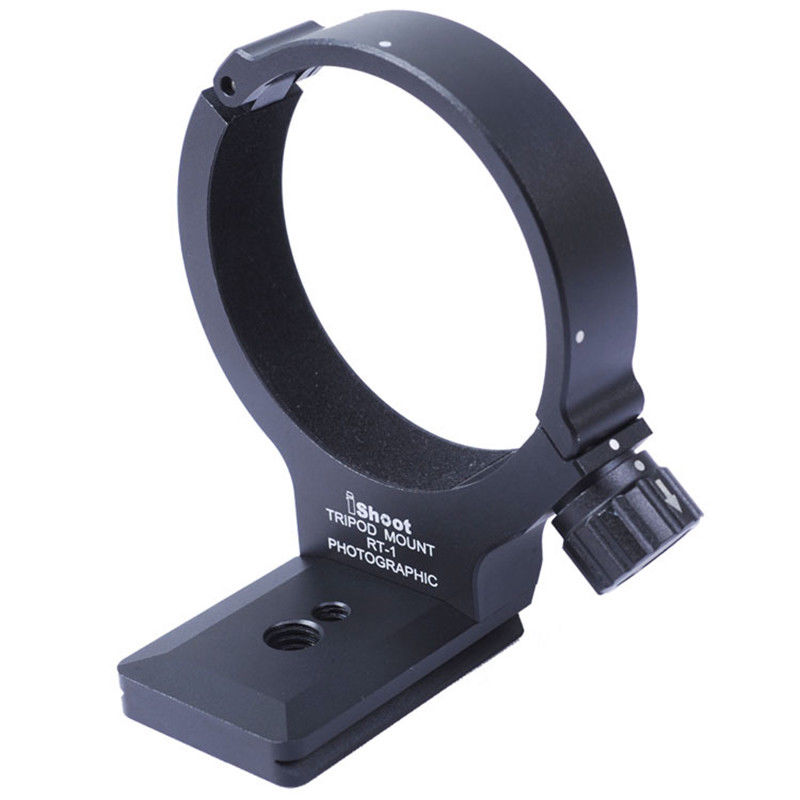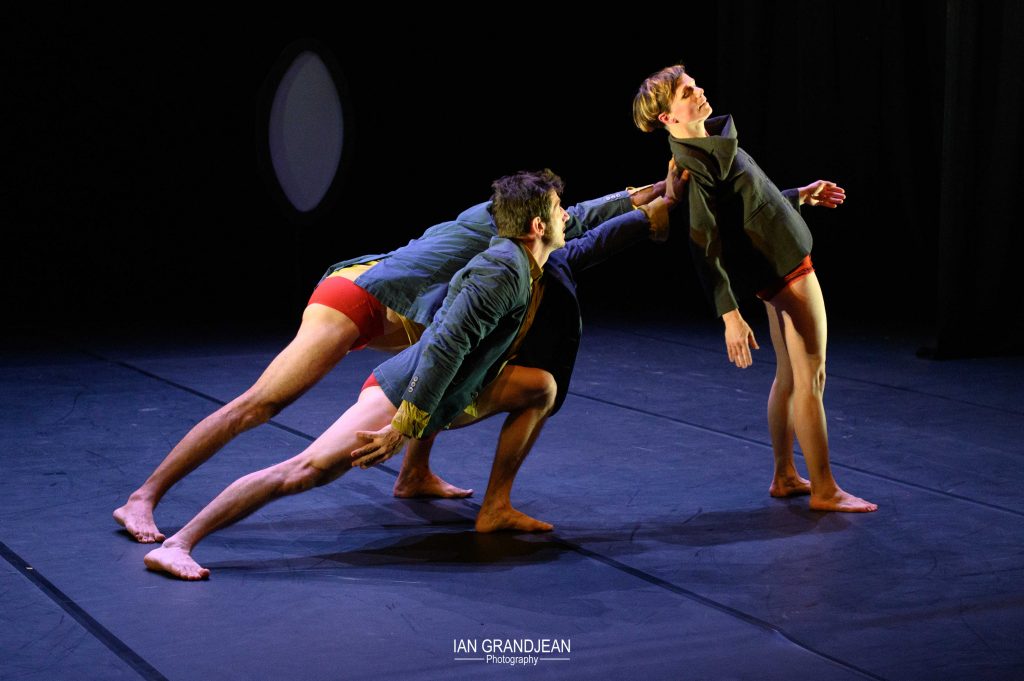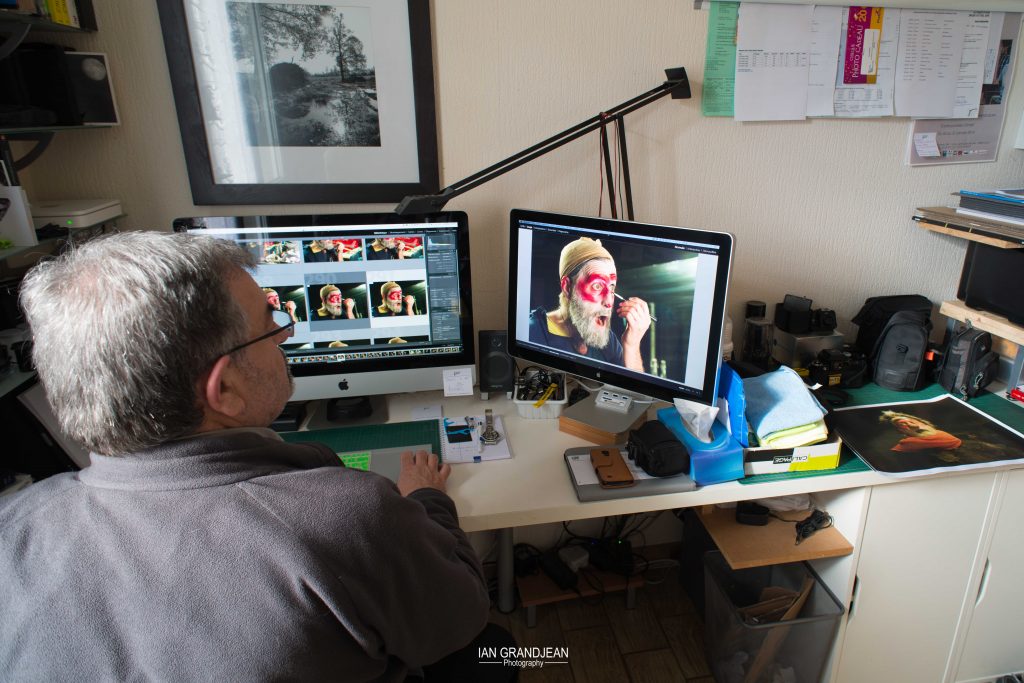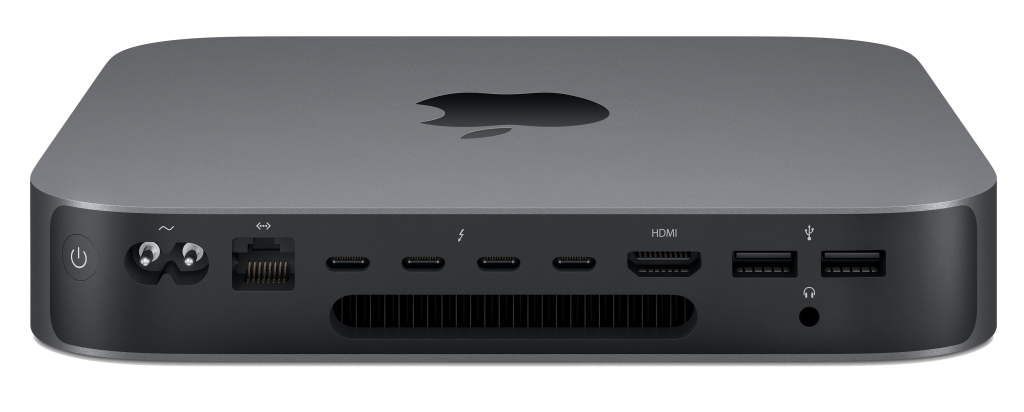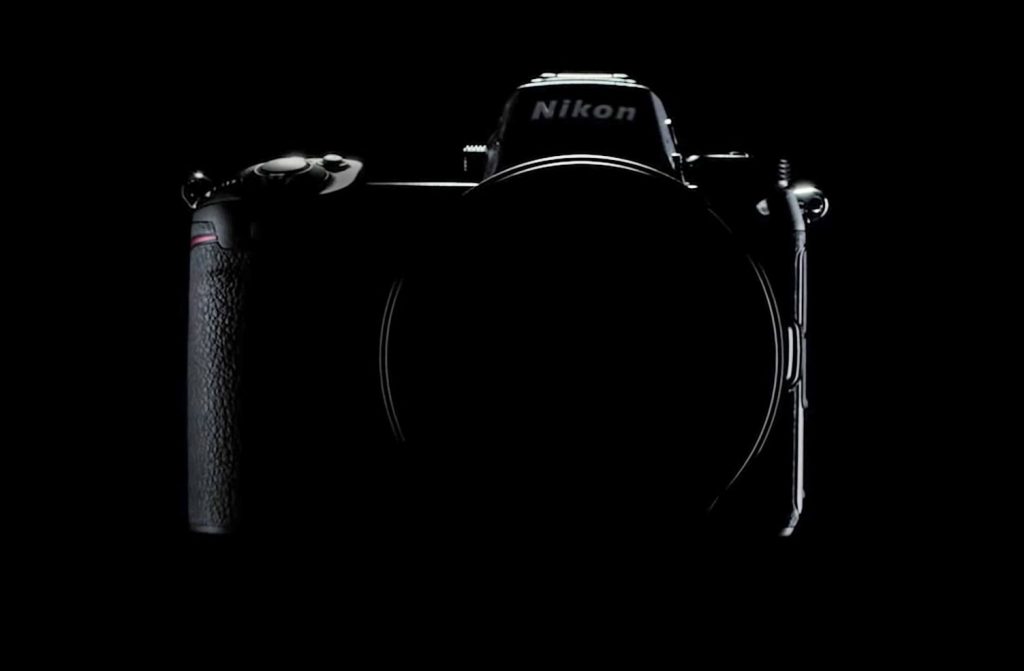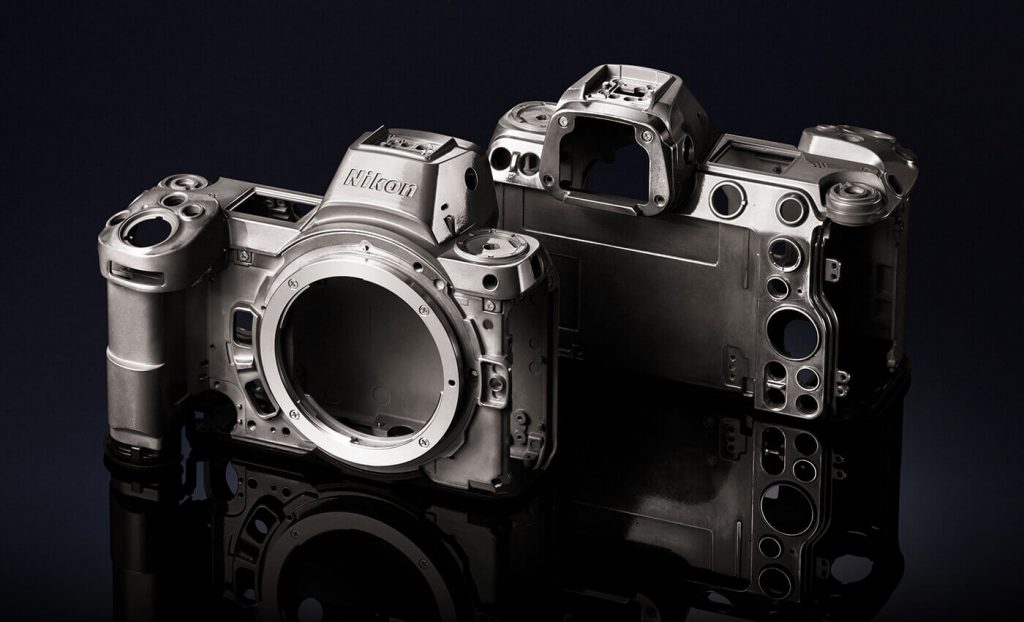
Well ‘it’ has arrived…and I have (obviously) been playing – too early to really put it through it’s paces in a ‘working’ environement but that will happen on the 18th of December when I am photographing a performance here in Auch at CiRCa.
‘It’ is the NIKON Z6
First impressions : (This will be updated from time to time)
Excellent build quality – it looks, and more importantly, feels very solid, but light and tiny compared to my other full-frame camera bodies. As a NIKON it maintains pretty much all the button geometry of previous pro- and semi-pro bodies and as such, everything falls to hand (or finger) as a NIKON user would expect.
One of the key reasons I was interested in this camera was the possibility of totally silent shooting – and it works ! With the added caveat that the images can also be prevued in the viewfinder – this is a HUGE advantage for me and the work I do photographing theatre/circus performances where a clicking camera is an enormous disadvantage. I rarely actually look at images once I have pressed the shutter button, but sometimes it’s nice to be able to check the settings, which lights up the screen and distracts the people around you…
Another vital aspect of the new system is the fact that, by way of the FTZ adaptor, I can use all my existing lenses on this camera body. The AF-S lenses will all function normally as they have the electrical auto-focus motors built in, but the older AF-D (screw-drive AF) will revert to manual focus.
A lot has been written about the fact that the NIKON ‘Z’ models have only one memory card slot, and that it is the XQD format. So what ? I admit the cards are ridiculously expensive, but I have only in fact ever purchased one (Both the Z6 and my D500 were supplied with a card in the box with the camera) I have yet to experience a card failure, and for the idiots who commented that it was a VERY bad decision for any wedding photographer who wouldn’t be able to back up his images in-camera, I frankly know of no wedding photographer worth their salt who goes out with only one camera body…end of discussion. It seems to me that they probably should have included a second SDXC slot, but this is hardly a deal breaker for me.
It would seem that the body is extensively weather proofed – I can’t vouch for this yet, but I can’t help feeling that this will become more of a regular go-to camera as, for my needs at least, it has everything I use on a regular basis.
The ergonomics are interesting – it’s a lot smaller than the D850, and the only concern I have would be using longer (70-200 for example) lenses in terms of the ‘holdability’ of the setup. It seems that NIKON are developing a grip – the MB-N10 – which will hold two batteries, but also give a couple more centimeters to hold onto and balance out the longer focal length lenses. It’s interesting that the designers have gone back to the older DSLR models with this grip – instead of a series of electrical contacts on the bottom plate of the camera, the grips electrical connections are in a post that sticks up from the grip and goes into the (empty) battery chamber.
The heavy dependance on menus is frustrating, as they seem full to overflowing with all sorts of tweaks and adjustments, although we now have three user programmable function settings on the mode dial which reduces the ‘menu hunting’ . This harps back to the D750 and the D7*** series and I admit that I had my doubts when I first came across this, but in fact it seems to work quite well – I have two basic shooting settings, ‘Normal’ and ‘Spectacle’ – I program the ‘Normal’ (U1) setting as a low ISO AF-C (continuous) AF etc. and the ‘Spectacle’ (U2) setting as Auto-ISO at 6400 ISO.
Instead of hunting through the menus to change the basic shooting settings, it just takes a turn of the mode dial – any other modifications (metering, AF area etc.) will not be kept/remembered if the mode is changed (or the camera turned off) – this basically means that you can also return to your ‘default’ values very easily – and as I spend more time making images than playing with the settings, this is an advantage for me.
The electronic viewfinder is surprisingly good – there is very little lag, and the image is bright and looks almost ‘real’ ( !!) It can be turned on or off in a variety of ways, as indeed can the rear screen, and one nice combination (for me) is that I can turn off the rear screen, and as my eye approches the viewfinder, the viewfinder turns on – this is mostly for reducing battery drain, but for my work surrounded by the public, it means they won’t get distracted by the light from the viewfinder when I move the camera away from my face. One last thing, NIKON have increased the dioptre adjustment on the eyepiece to -4+1 and the opening is very wide, so even wearing glasses everything is very visible and clear.
The virtual horizon cannot be programmed onto either of the two Fn function buttons, which is a pain as it means that to get it to display means scrolling through the ‘display’ button (right of the viewfinder) – this is probably just a case of getting used to where things are in the dark – we’ll see how easy this is. The virtual horizon is not at all like the D500/D850 reflexes where there are a series of blocks to the right and at the bottom of the viewfinder which multiply as the angle changes – this is a huge compass circle in the middle of the screen, so the idea of leaving it displayed is not really practical.
The flip-up/down screen is possibly the most un-used ‘modern’ part of the camera – for me at least. I can see that for some angles it can be very useful, particularly for shooting over peoples heads, so I will probably use it one day – it’s large and bright and touch sensitive which is very useful to preview images (finger swipe) and to zoom-in (pinch) etc.
There is a joystick to the top right of the screen – this can be used for all sorts of things, but principally to choose the AF area by moving a red dot around the screen – with 273 AF points available, and each one selectable, you’re spoilt for choice. I tend to rely on my favourite ‘center weighted’ spot, both for focus and metering – no point changing now as I know how to manage it !
The battery, according to NIKON / CIPA will last for about 330 shots, which, for me at least, is not enough for a whole performance. However, other people testing the camera have been able to manage up to 1100 shots per battery – I think a lot depends on how much the rear screen is used etc. As I always trun mine off, I’m hoping this will increase the number of shots per battery. As in all Lithium-Ion batteries, it usually takes four or five recharging cycles before the battery holds it’s maximum charge – what pople tend to forget is that the decharging cycle should almost drain the battery – recharging after 50% use is not a full cycle.
Pros :
1. The ‘Silent’ shooting mode is PERFECT – it is totally silent (albeit with a tiny bit of AF-S motor noise sometimes) and this is going to be a MAJOR plus point for the kind of work that I do. Really something I have been waiting for in a camera body.
2. The EVF is excellent, not too much lag visible, bright viewfinder with choice of information displayed.
3. The camera body/FTZ adaptor kit that I purchased was supplied with a 64Go SONY XQD card.
Cons :
1. No dedicated memory card format buttons – this means that to format the card after a shoot, one has to delve into the menus
2. The rear buttons are not backlit (second detente on the on/off collar around the shutter button on recent Nikon camera bodies) – this is in no way a major defect, but it would have been nice.
3. It is impossible to assign ‘Silent’ shooting mode to a button – which means that to turn it on, either it has to be programmed onto one of the U1-3 selections, or you have to hunt through the menus to turn it on. It turns itself off with the camera – which means you have to turn it on again once the camera restarts.
4. Impossible to program the virtual horizon onto an Fn funtion button – and the display is HUGE – would have been more useful if it was like the D500/D850 version.
